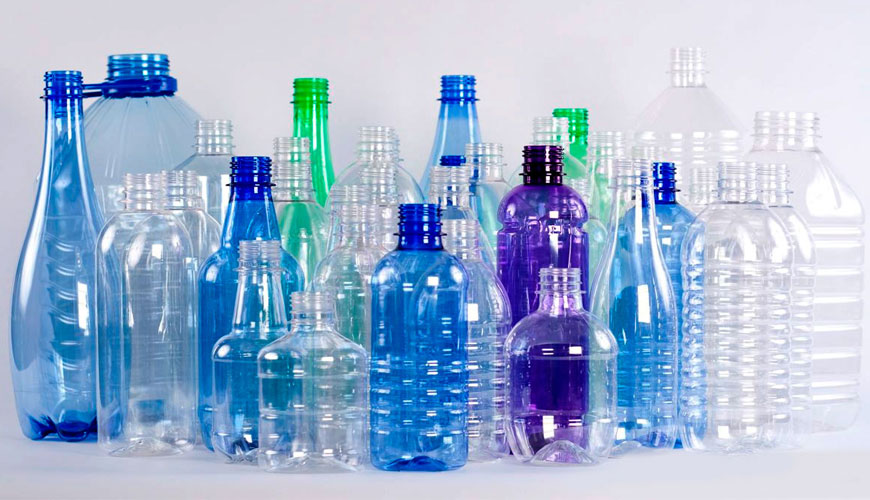

EUROLAB, with its state-of-the-art accredited laboratories and expert team, provides precise and fast testing services within the scope of EN ISO 877-2 testing. This standard specifies a method for exposing plastics to direct solar radiation and a method for exposing plastics to solar radiation with glass filters (exposure behind window glass).

It does not include direct weathering using black box test fixtures that simulate higher end-use temperatures in some applications.
Results from tests conducted in accordance with any part of this International Standard will show some variation when comparing results from repeated exposures at the same location at a different time. This is even more important for materials that change significantly after a year or less of exposure.
In general, results from repeated exposures at the same location are necessary to determine the performance range of a material exposed to solar radiation as specified in this International Standard. Because the type of climate can have a significant impact on the rate and type of degradation, results of exposures in different types of climate are required to fully characterize the outdoor durability of a material.
In ISO 877-3, exposure time is defined as total solar UV radiant exposure due to annual and seasonal variations in solar ultraviolet radiation.
Fresnel reflecting concentrators of the type described in ISO 877-3, which use solar radiation as the source of ultraviolet radiation, are used to provide accelerated outdoor exposure testing of many plastic materials.
The test method chosen is usually one designed to expose the material to the most severe conditions associated with a particular climate. It should therefore be borne in mind that the severity of exposure in actual use is, in most cases, likely to be less than that specified in this International Standard and should be allowed accordingly when interpreting results.
For example, 90° vertical exposure from horizontal is much less severe in its effects on plastics than near horizontal exposure, especially in the tropics where the sun is strongest at high zenith angles.
Poles-facing surfaces are less likely to deteriorate than equatorial-facing surfaces because they are less exposed to solar radiation. However, their ability to stay wet longer may be important for materials affected by moisture or materials susceptible to microbial growth.
EUROLAB assists manufacturers with EN ISO 877-2 test compliance. Our test experts, with their professional working mission and principles, provide you, our manufacturers and suppliers, the best service and controlled testing process in our laboratories. Thanks to these services, businesses receive more effective, high-performance and quality testing services and provide safe, fast and uninterrupted service to their customers.
To get an appointment, to get more detailed information or to request an evaluation, you can ask us to fill in our form and reach you.